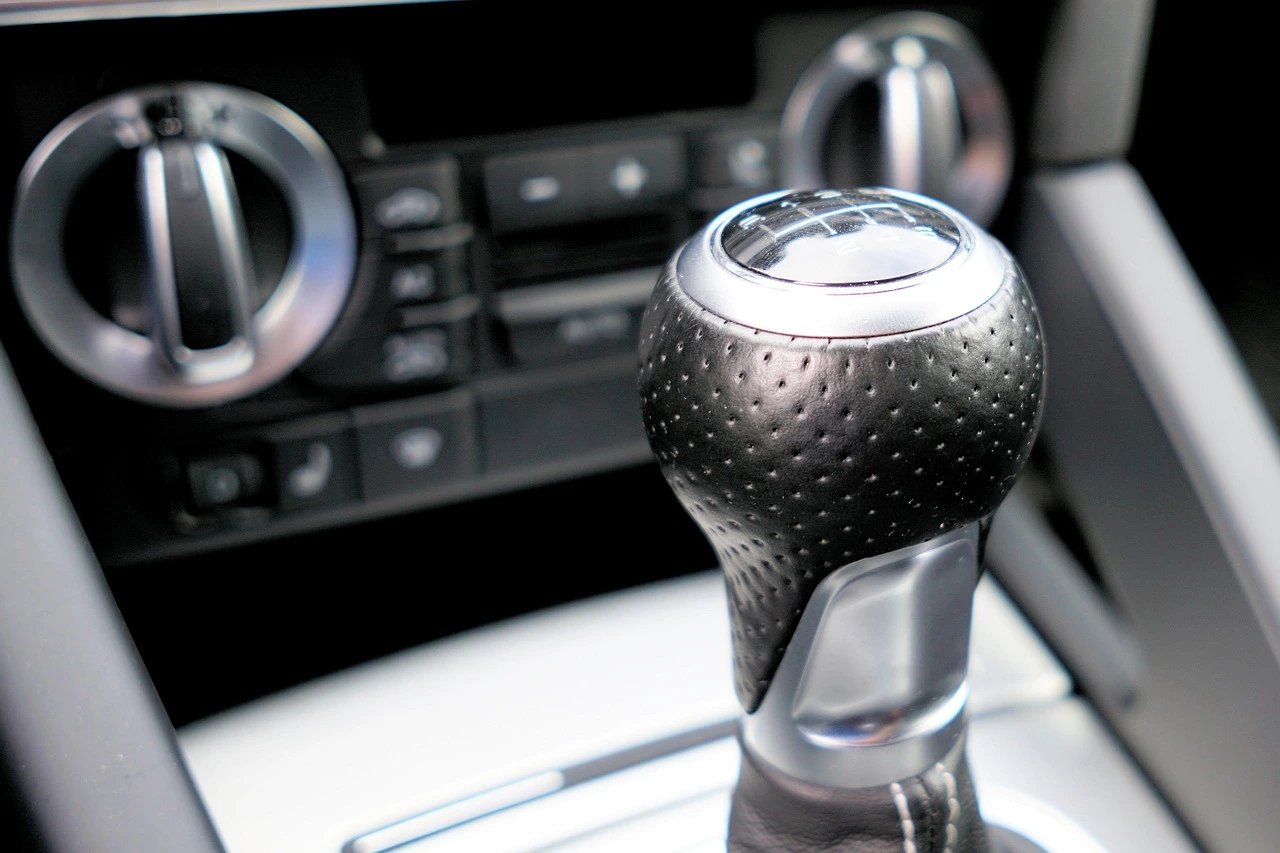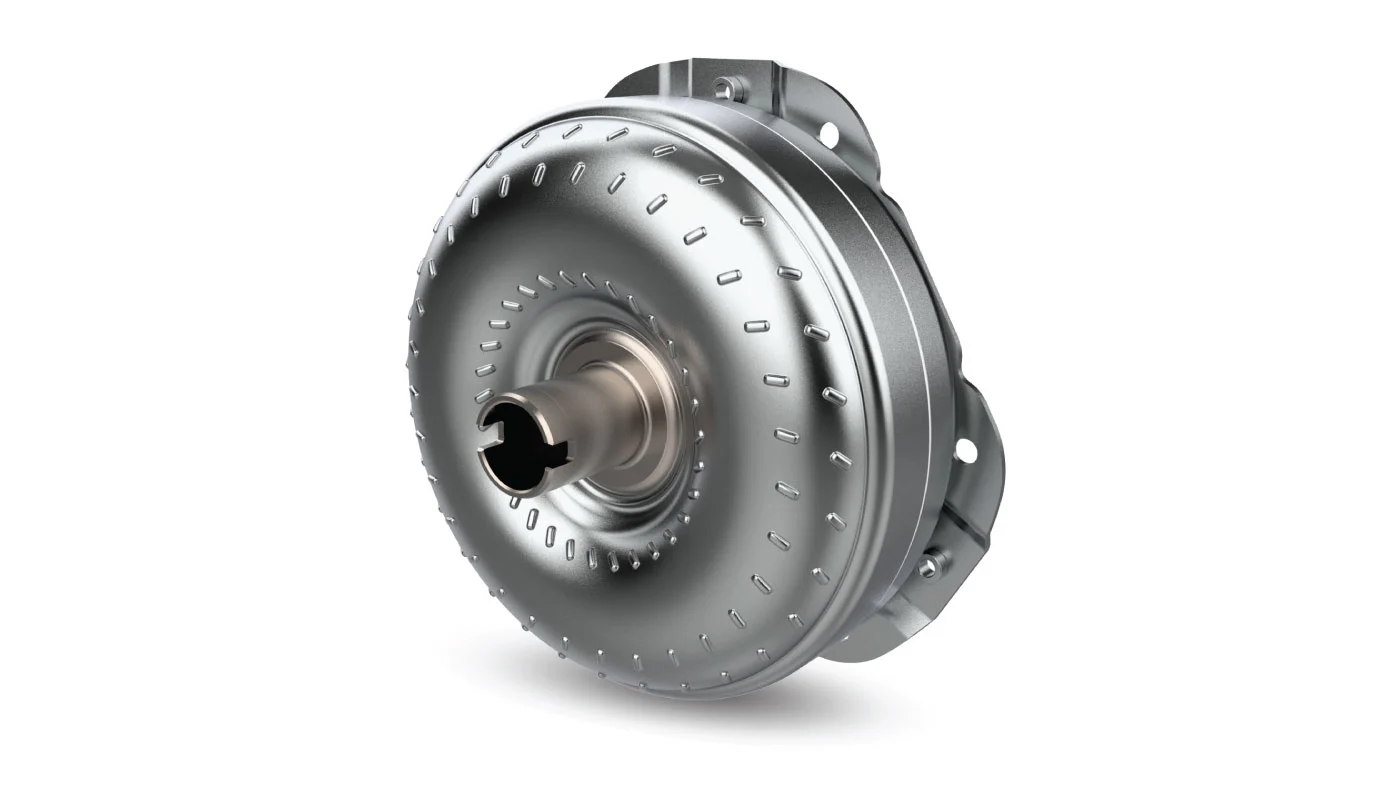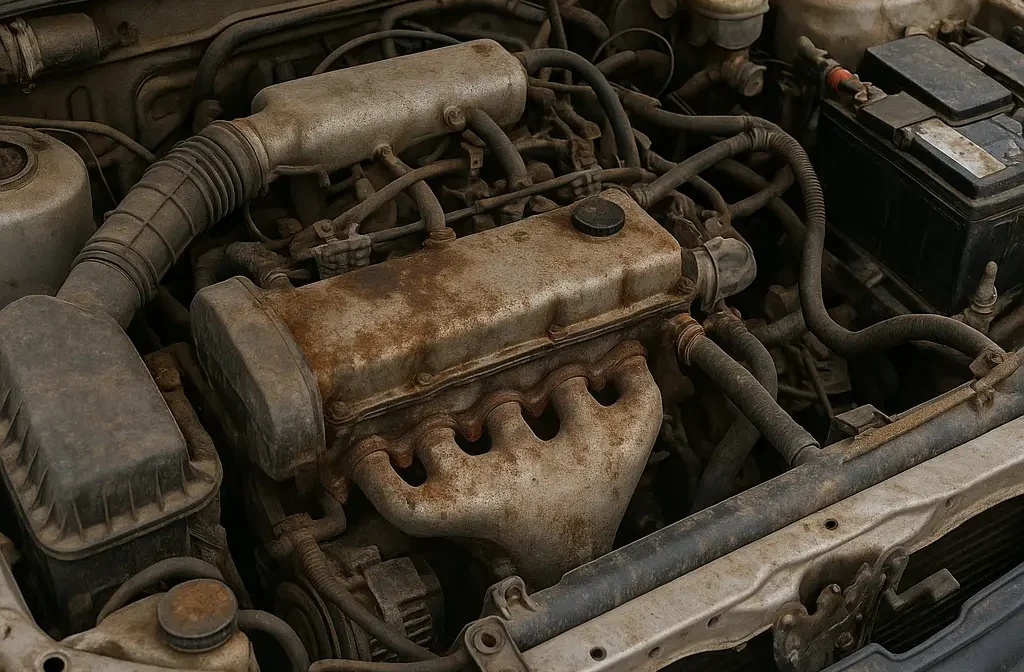Chevrolet’s 10-speed automatic transmission, co-developed with Ford, was introduced with the promise of seamless gear shifts and better fuel efficiency. Sadly, Chevy owners across models—from Silverado and Tahoe to Camaro and Suburban—have experienced a range of reliability issues, especially in models from 2017 onward.
This guide breaks down the most common complaints and offers practical advice to extend transmission life, using input from verified owner forums, technical bulletins, and recent recall data.
Rough Shifting and Gear Engagement Issues

Harsh shifting is by far the most common complaint. Typical driver-reported problems include:
- Hard downshifts when slowing down or coasting.
- Jerky starts when accelerating from a stop, especially in cold weather
- “Hunting” for gears at low RPMs (transmission can’t decide whether to upshift or hold).
- Some drivers report that the gear indicator doesn’t match actual gear engagement.
Example: A 2021 Silverado owner shared that their truck wouldn’t shift out of park until multiple restarts, then refused to go past 2nd gear.
Shuddering and Torque Converter Failures

The torque converter has emerged as a weak link in the 10-speed’s design. Here’s what owners experience:
- Vibration under light acceleration or cruising (e.g., 40–60 mph).
- Surging or engine fluttering without throttle input.
- Recurrent shuddering even after fluid changes.
One Silverado owner reported torque converter failure at just 6,000 miles, requiring full replacement. Others with high mileage (100k+) face $3,000–$4,000 repair quotes.
Chevy and GM dealerships have responded by:
- Switching to an upgraded transmission fluid formula (replacing factory Dexron ULV).
- Issuing software updates to modify shift behavior and reduce stress on the converter.
Fluid Leaks and Overheating Concerns

The 10-speed transmission has also been plagued by factory assembly issues and cooling limitations, such as:
- Improperly installed seals causing transmission fluid leaks.
- Kinked transmission cooling lines, resulting in poor fluid flow and overheating.
- Burnt fluid smell after long trips or towing, often due to elevated trans temps.
Regular fluid checks and proactive cooling system inspections are essential to avoid these issues.
Internal Wear and GM Recalls

In late 2024, GM recalled over 462,000 trucks and SUVs with the 10-speed automatic due to internal part wear. Here’s what went wrong:
- Control valve body deterioration led to inconsistent pressure during downshifts.
- In rare cases, a sudden downshift caused rear wheels to lock, posing a crash risk.
Models affected include 2020–2023 Silverado, Suburban, and Tahoe, especially with Duramax diesel and the branded “Allison 10-speed”. Dealers also reported clutch pack degradation and backordered parts, leading to long wait times for repairs.
GM’s solutions to these issues included:
- Releasing a software update to limit gear selection to 5th if wear is detected.
- Offering free valve body replacements once new parts became available (NHTSA Campaign Number: 24V389000).
How to Make the Chevy 10-Speed Transmission Last Longer
Despite the issues, there are proactive steps owners can take to maximise transmission longevity.
Maintenance Tips
- Change transmission fluid every 45,000–60,000 miles—don’t wait for the “lifetime fill” promise
- Always use Dexron ULV or upgraded dealer-specified fluid (not off-the-shelf ATF).
Driving Habits
- Warm up your truck before driving aggressively—cold shifts are often the roughest.
- Avoid excessive throttle during low-speed cruising; keep RPMs steady when possible.
- When towing, use Tow/Haul mode to minimise shifting and reduce stress.
Catch issues early
- If you feel a shudder or rough shift, schedule a fluid check and software scan.
- Watch for small leaks, particularly near the bell housing or cooler lines.
- Ensure recalls and TSBs are completed—even subtle fixes can prevent future failures.
By combining attentive driving and timely service, you can often prevent major 10-speed breakdowns and avoid expensive rebuilds.
Common Signs of 10-Speed Transmission Trouble
Chevy’s 10-speed transmission isn’t known for subtle problems—drivers often report noticeable symptoms early on. Look out for issues like:
- Harsh or delayed gear changes: Slamming into gear or lurching during shifts.
- Shuddering while cruising or accelerating: Often described as driving over rumble strips
- Loud clunking or knocking sounds: Especially during downshifts or coming to a stop.
- Gear hesitation or refusal: Vehicle fails to shift into drive or reverse without restarting
These problems may lead to safety issues or drivability concerns. Some even trigger dashboard alerts, including “Reduced Propulsion” or “Transmission Overheating” warnings.
Final Thoughts
While Chevy’s 10-speed transmission brings performance and efficiency gains on paper, real-world use has revealed notable reliability concerns—especially in early production runs. From hard shifts to internal failures and costly torque converter replacements, these issues affect drivers across multiple models.
That said, staying informed about potential symptoms and keeping up with fluid maintenance, software updates, and recall fixes can go a long way in preserving your transmission’s lifespan.

Tomas is a retired Chevy Auto Technician that brings decades of hands-on experience and expertise to the table. He’s also a father to two incredible daughters. He enjoys using his knowledge and experience to help you solve and find reliable information on Chevrolet vehicles. Whether it’s troubleshooting engine problems or providing tips for maintenance, Thomas is committed to helping Chevy owners keep their vehicles running smoothly and safely.



